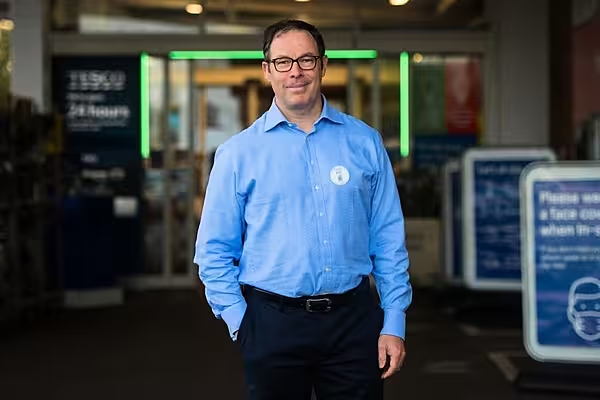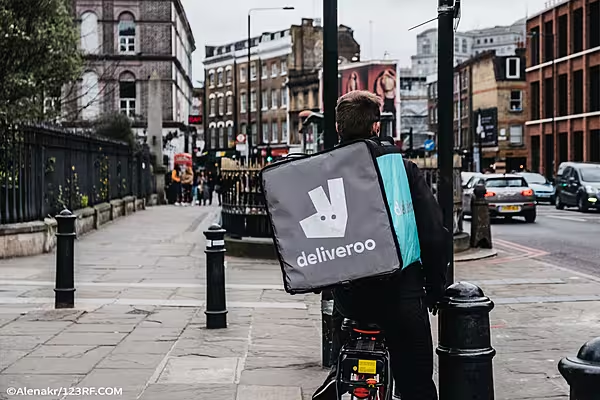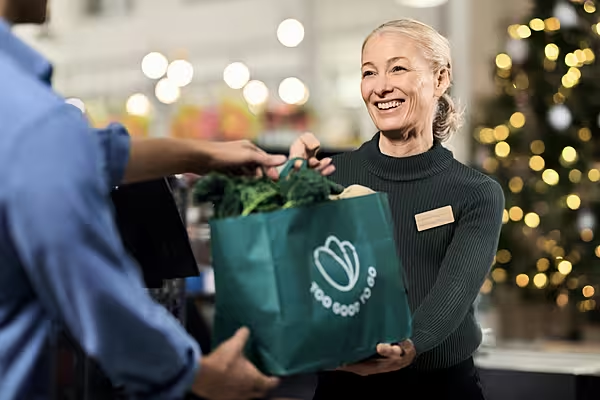GS1 is leading the way on placing QR codes on consumer products, working with suppliers and retailers to advance the shopping experience.
It has been 50 years since the first product bar code was scanned in a grocery store – the first step in changing the industry into what we see today.
In the early 1970s, retailers and manufacturers worked together with GS1 – the global organisation for data standards – to adopt the bar code as the universal way to identify products.
The GS1 bar code is used today on billions of products worldwide, and it is great for enabling many processes, such as scanning at checkout, category management, fulfilment in distribution centres, and more.
Today, consumers and regulatory bodies are seeking more product information, such as usage instructions, safety, ingredients, nutrition, recycling, and more.
There is also an ongoing need for traceability through the supply chain, to mitigate risks and improve customer service – requirements that bar codes cannot meet.
The consumer goods industry will instead be best served by transitioning to QR codes with GS1 standards, enabling customers to find information on a product with their smartphone while scanning at checkout, like a traditional bar code.
Sunrise 2027 Initiative
The companies of the GS1 management board have agreed that it would be essential for the overall success of the industry to transition to QR codes with GS1 standards, as an innovative, forward-looking response to today’s business and consumer needs.
The aim of the Sunrise 2027 initiative is that, by the end of 2027, QR codes with GS1 standards would be widely adopted and used by manufacturers on their product packaging.
Retailers around the world should also have the ability to scan these bar codes at the point of sale (POS).
For Sunrise 2027 to succeed, the industry must come together for a unified approach, as with bar codes.
This would require input from manufacturers and retailers alike, with a gradual transition to unlocking valuable new capabilities and providing more benefits to customers, shoppers and consumers.
The shift has already begun, with pilots in 48 countries across all regions, representing 88% of the world’s GDP.
This strong foundation now needs a collective effort from the whole industry, so manufacturers should start implementing QR codes with GS1 data standards and retailers should ensure that POS scanners are equipped to read these QR codes.
‘A More Engaging Experience’
Speaking about the transition, the chairman and chief executive of Carrefour, Alexandre Bompard, said, “Providing our customers with quality food and products is at the heart of Carrefour’s mission.
“[Two-dimensional] 2D bar codes are a promising way to honour this goal, with more transparent and richer product information.
“We also see multiple opportunities to offer a more engaging experience while demonstrating our commitments in social and environmental responsibility.
“Carrefour has partnered with GS1 for a long time, and we are really excited to be forerunners of this initiative.”
Mark Batenic, the chairman of the Independent Grocers’ Alliance, added, “We expect that the transition to QR codes with GS1 standards will happen gradually around the world, but one thing is certain: those that accelerate through this transformation the fastest will be best positioned to unlock valuable new capabilities and provide more benefits to their customers, shoppers and consumers.”
To learn more about QR codes with GS1 standards, go to www.gs1.org/2D-barcodes.
Read More: GS1 And ENSO Announce Partnership To Drive Sustainability In Ireland









